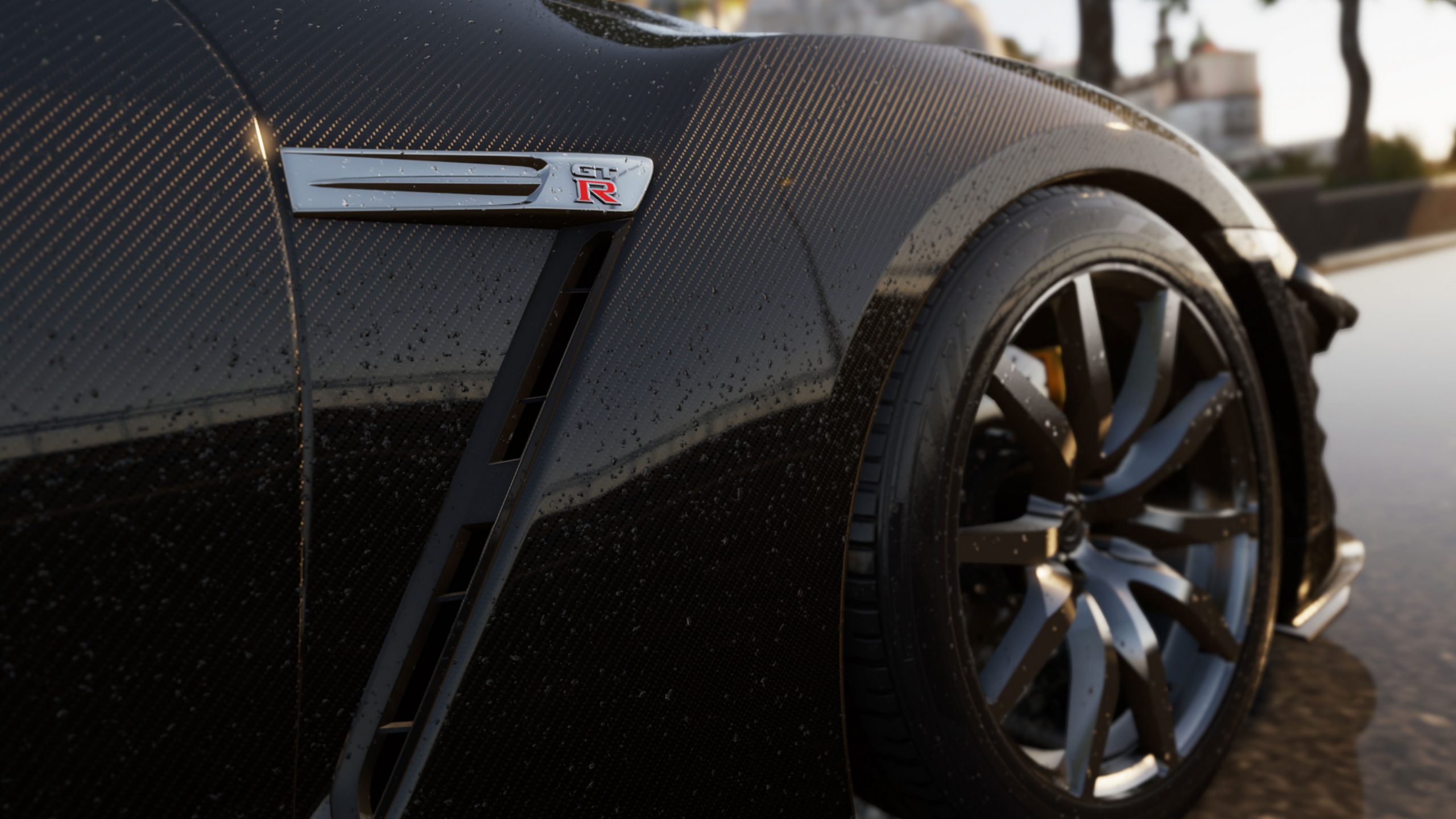As the automotive industry begins the transition from internal combustion to electric powertrains, composite materials are making a case for lightweight and sustainability.
Composites are used frequently in motorsports and lower volume, high-end/luxury vehicles, which typically favor continuous carbon fiber materials. Growth in both segments from 2021 into 2022 continues. For the more cost-sensitive market of mid-and high-volume production models, composites continue a steady, incremental increase primarily via continuous glass fiber-reinforced polymers (GFRP) in applications such as leaf springs, as well as chopped fiber molding compounds, including sheet molding compound (SMC) body panels and frames, bulk molding compound (BMC) housings and support structures and injection-molded thermoplastics for bumper frames, lift gates and seat structures.
According to a Nov. 2019 report by Stratview Research, the top applications for composites in automotive are, in order of volume, underhood components, exteriors and interiors. Another growing market is suspension components and drive shafts. In addition to leaf springs, examples include:
- Hybrid glass fiber composite/aluminum upper control arms for the Ram 1500 half-ton pickup truck, developed by Stellantis (Auburn Hills, Mich., U.S.) and Tier 1 supplier Iljin Group (Seoul, South Korea);
- Rear suspension knuckle developed by Ford Motor Co. (Dearborn, Mich., U.S.) using SMC and prepreg;
- Hybrid glass fiber composite/aluminum upper control arms for the Ram 1500 half-ton pickup truck, developed by Stellantis (Auburn Hills, Mich., U.S.) and Tier 1 supplier Iljin Group (Seoul, South Korea);
- Rear suspension knuckle developed by Ford Motor Co. (Dearborn, Mich., U.S.) using SMC and prepreg;
- Advanced SMC steering knuckle developed by Marelli (Corbetta, Italy);
- Hybrid carbon fiber/aluminum suspension knuckle by Saint Jean Industries (Saint Jean D’Ardières, France) using prepreg from Hexcel (Les Avenières, France);
- Carbon fiber/epoxy suspension links press-formed over aluminum by Shape Machining Ltd. (Oxfordshire, U.K.);
- CFRP stabilizer bars by IFA Composite (Haldensleben, Germany);
- CFRP wishbones molded in 90 seconds using recycled carbon fiber and the RACETRAK process, developed by Williams Advanced Engineering (Oxfordshire, U.K.);
- Arch-shaped, multifunctional unidirectional (UD) glass fiber/epoxy front axle “blade” that incorporates suspension, anti-vibration/noise and anti-roll;
- CFRP output shaft developed by Dynexa (Laudenbach, Germany).
- Advanced SMC steering knuckle developed by Marelli (Corbetta, Italy);
- Hybrid carbon fiber/aluminum suspension knuckle by Saint Jean Industries (Saint Jean D’Ardières, France) using prepreg from Hexcel (Les Avenières, France);
- Carbon fiber/epoxy suspension links press-formed over aluminum by Shape Machining Ltd. (Oxfordshire, U.K.);
- CFRP stabilizer bars by IFA Composite (Haldensleben, Germany);
- CFRP wishbones molded in 90 seconds using recycled carbon fiber and the RACETRAK process, developed by Williams Advanced Engineering (Oxfordshire, U.K.);
- Arch-shaped, multifunctional unidirectional (UD) glass fiber/epoxy front axle “blade” that incorporates suspension, anti-vibration/noise and anti-roll;
- CFRP output shaft developed by Dynexa (Laudenbach, Germany).

One of the most notable suspension structures announced in 2021 was the carbon fiber rear suspension system (above) developed by Rassini (Piedras Negras, Mexico) for the MY 2021 Ford F-150 pickup truck. This highly loaded part is being manufactured by Rassini using resin transfer molding (RTM) to mold a glass fiber reinforcement with Hexion’s (Columbus, Ohio, U.S.) EPIKOTE resin TRAC 06150 with EPIKURE curing agent TRAC 06150 epoxy resin system. According to Hexion, EPIKOTE resin TRAC 06720 binder is essential for fabric stabilization and automated preforming of a large directional stack of fabric plies, and is fully compatible with the fast-cure resin system.
For exteriors, ultra-lightweight SMC continues its push below 1.0 gram per cubic centimeter (g/cc) and carbon fiber is also gaining ground, with Polynt Composites (Scanzorosciate, Italy), AOC (Schaffhausen, Switzerland) and Teijin Automotive Technologies (formerly CSP VICTALL, Tanshan, China) all adding new SMC production lines over the past few years, all of which have the ability to make carbon fiber SMC. Polynt has also introduced Polynt-RECarbon recycled fiber SMC to its product offerings, as well as UDCarbon and TXTCarbon compounds featuring UD and fabric reinforcements, respectively. The potential for these products can be seen in the front subframe development project completed by Magna International (Aurora, Ontario, Canada) and Ford Motor Co., which uses locally reinforced and co-molded chopped carbon fiber SMC with patches of SMC made with carbon fiber 0°/90° non-crimp fabric (NCF). This SMC structural subframe must handle significant loads, supporting the engine and chassis components, including the steering gear and the lower control arms that hold the wheels. Though only a development part, it achieved an 82% parts reduction, replacing 54 stamped steel parts with two compression molded composite components and six overmolded stainless steel inserts, while cutting weight by 34%.

Higher volume, sustainability
Although a secular shift away from ICE powertrains and toward EV powertrains has begun, it will be more than a decade before production of ICE vehicles ceases altogether. In the meantime, automotive OEMs continue to look for ways to make vehicles more efficient. Composites find use in the automotive market — more than any other market served by composites — only by earning their way into programs and platforms. This means that composites must provide a highly compelling value proposition to motivate the carmaker to abandon traditional (and more familiar) materials and processes. This is the dynamic driving adoption of composites for battery enclosures, as described earlier in this article. A variety of announcements in 2021 signaled the applications that OEMs and the supply chain appear to see as promising for composite materials.





